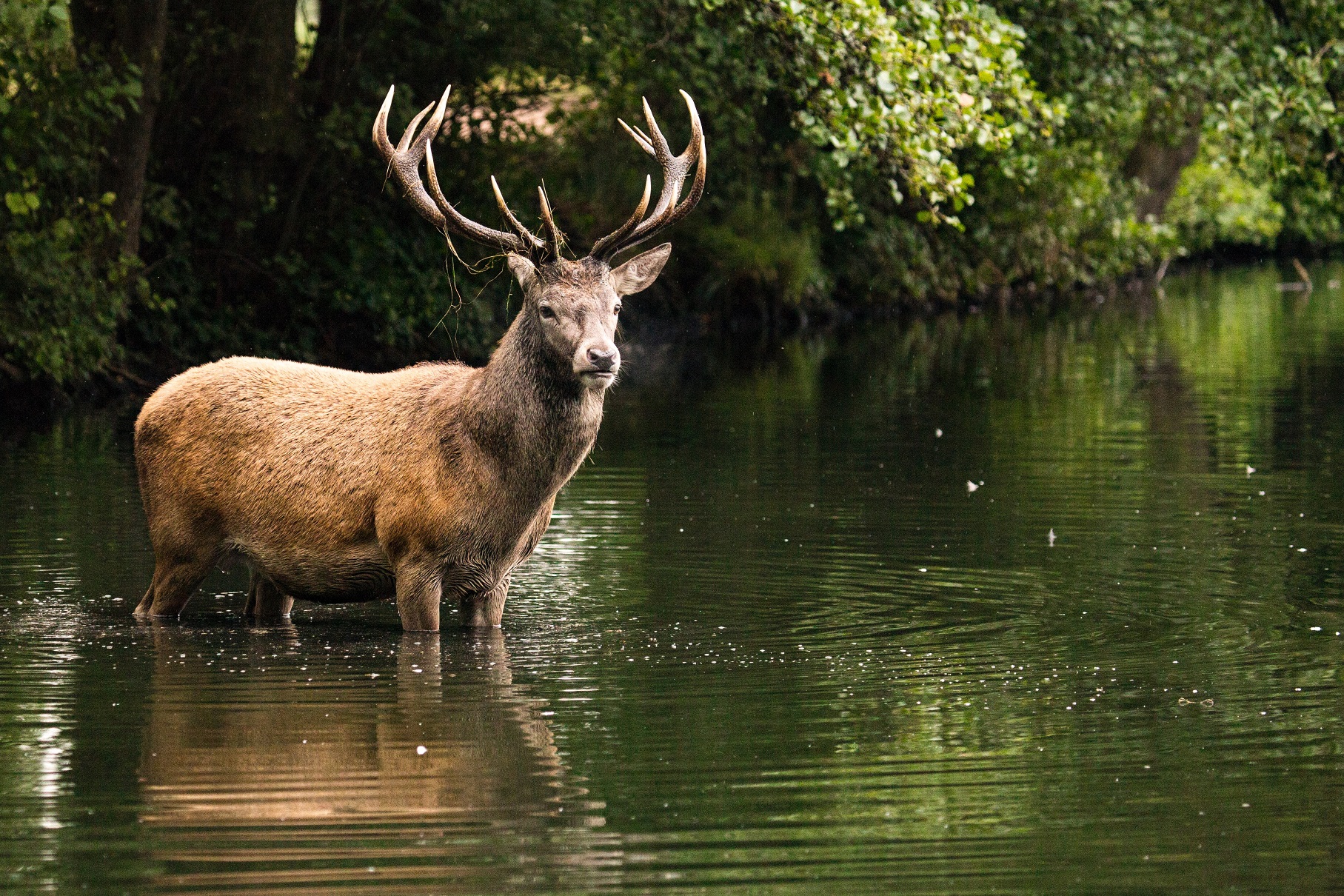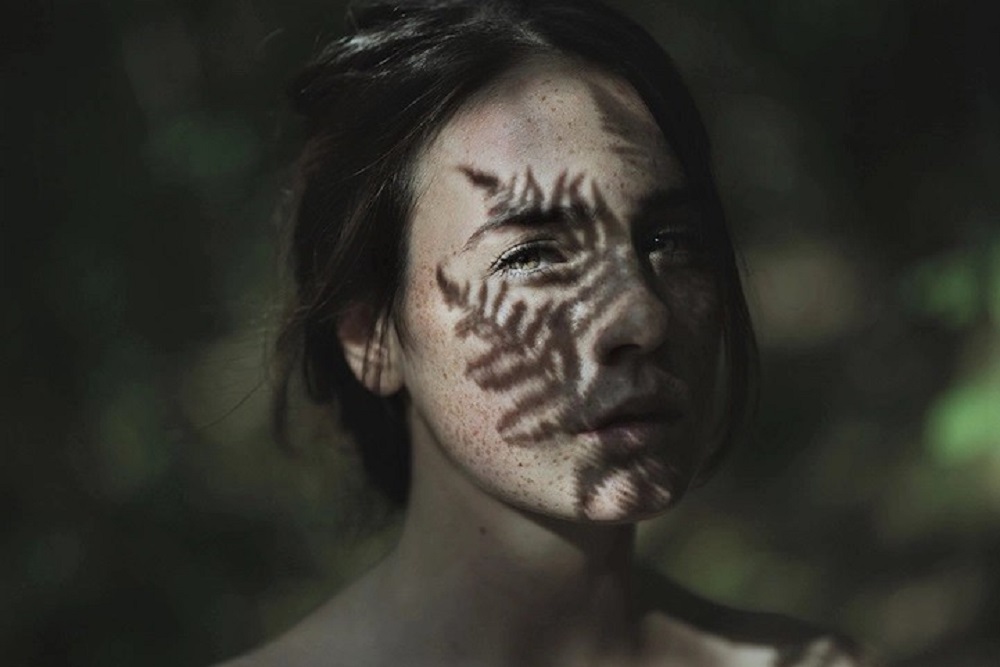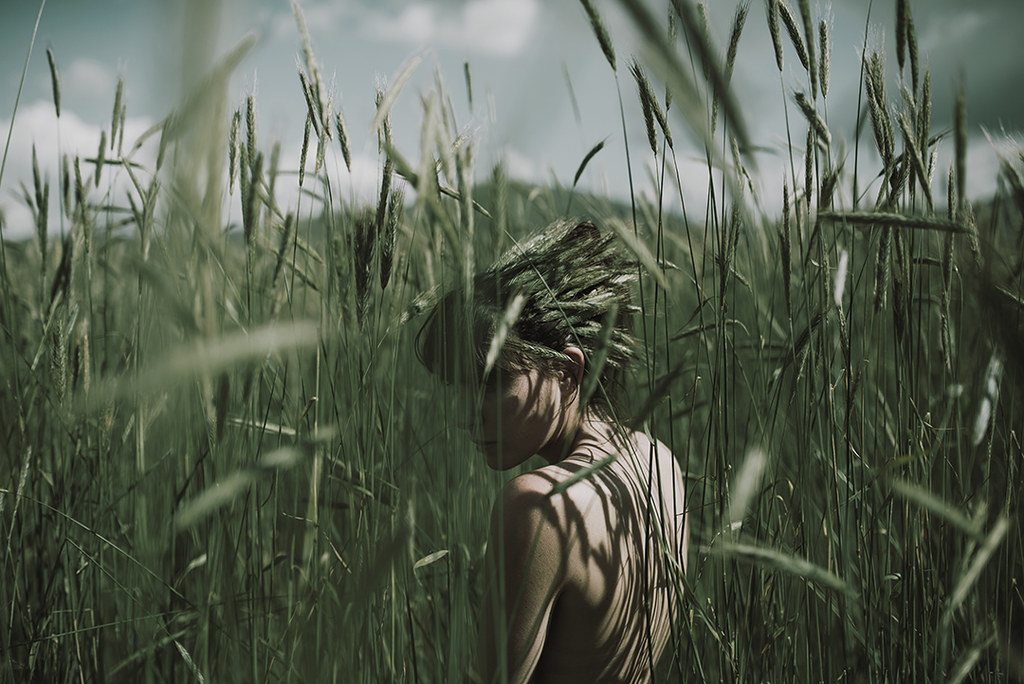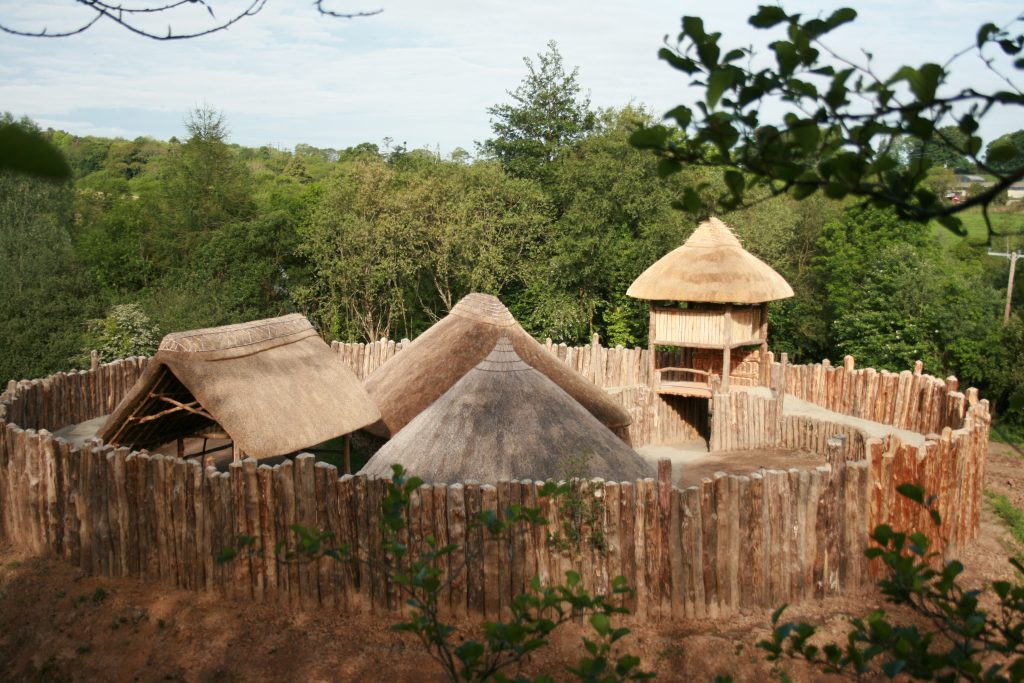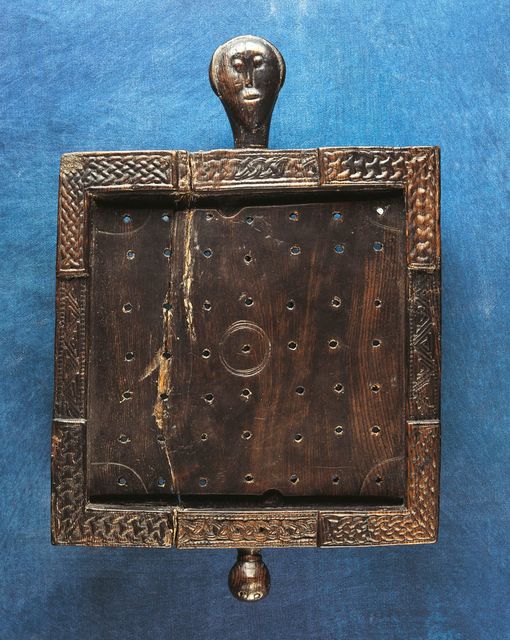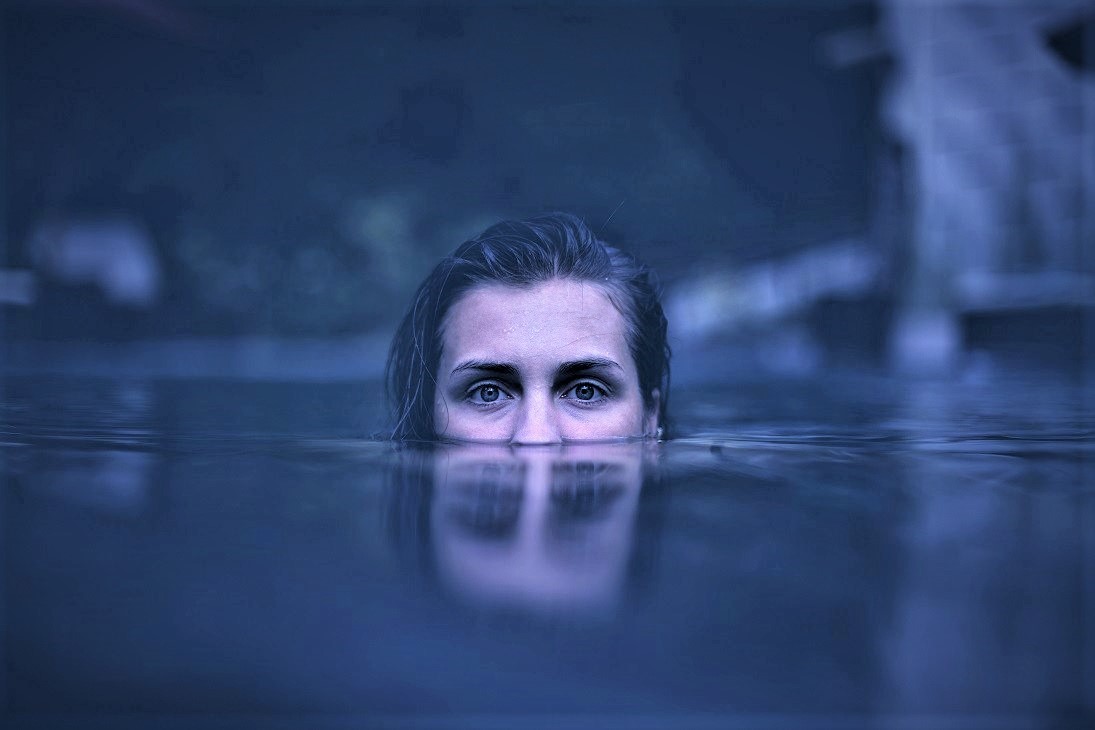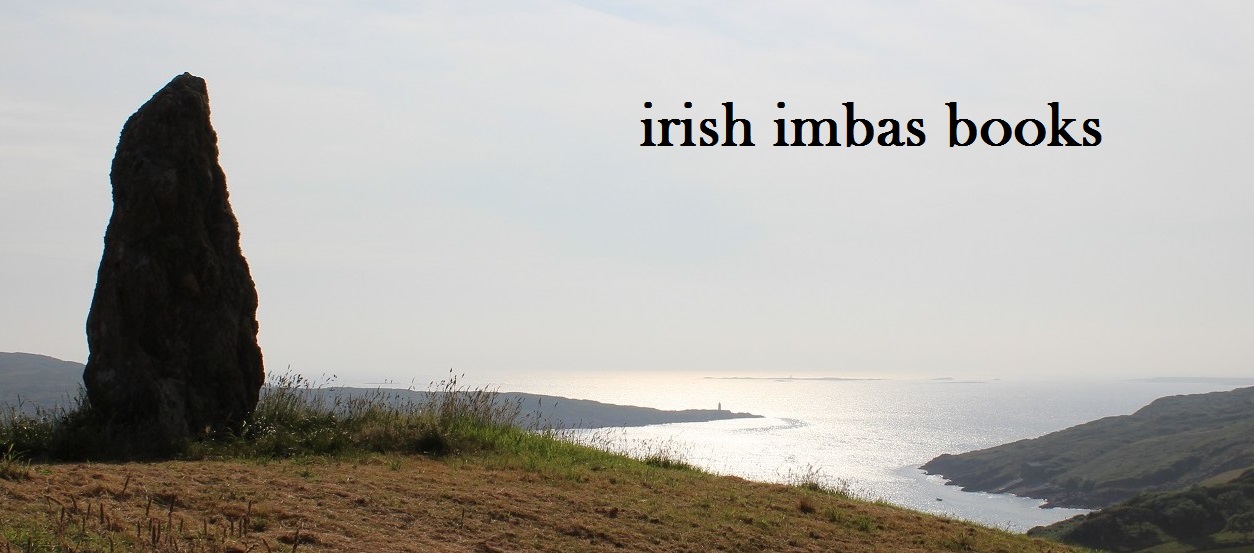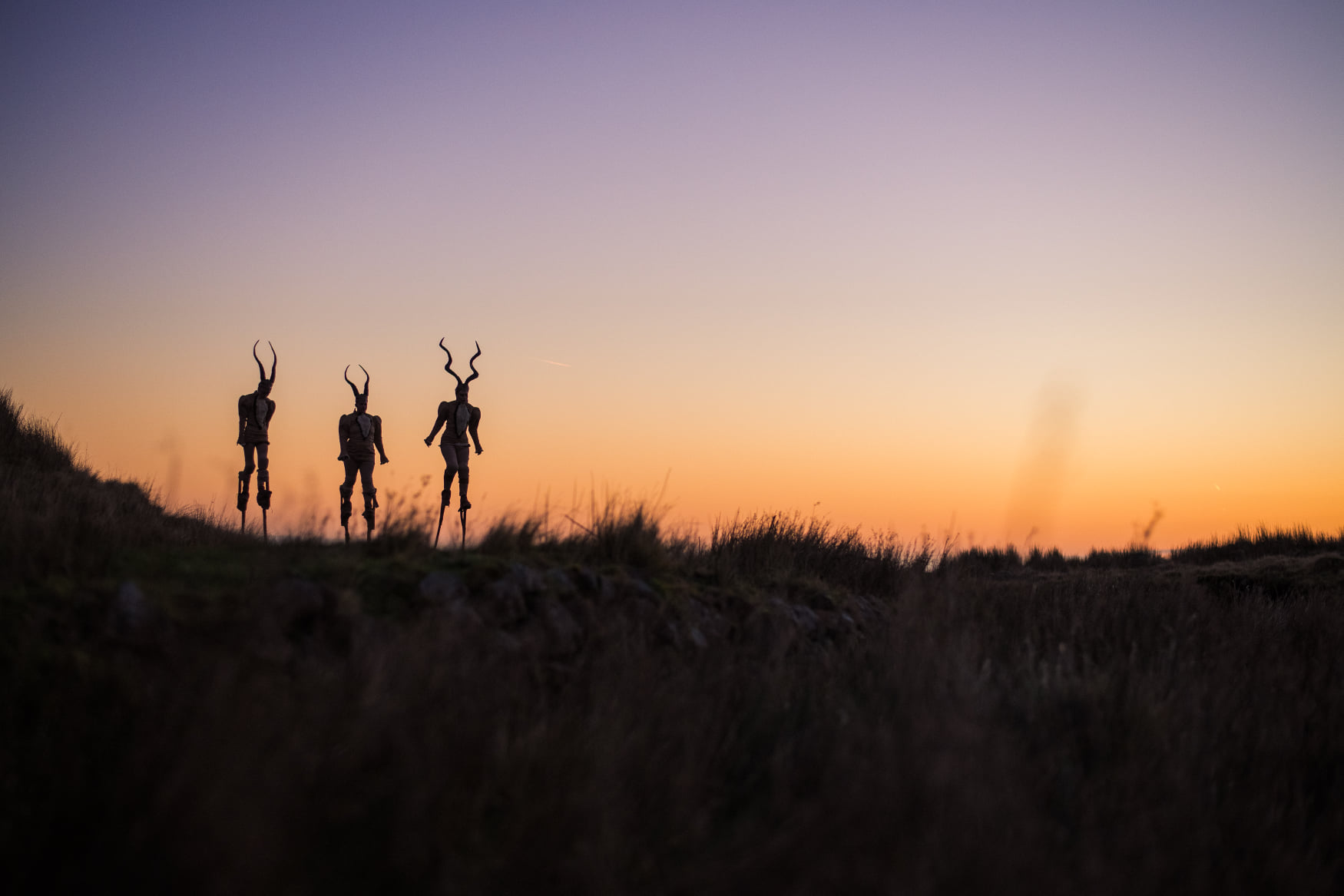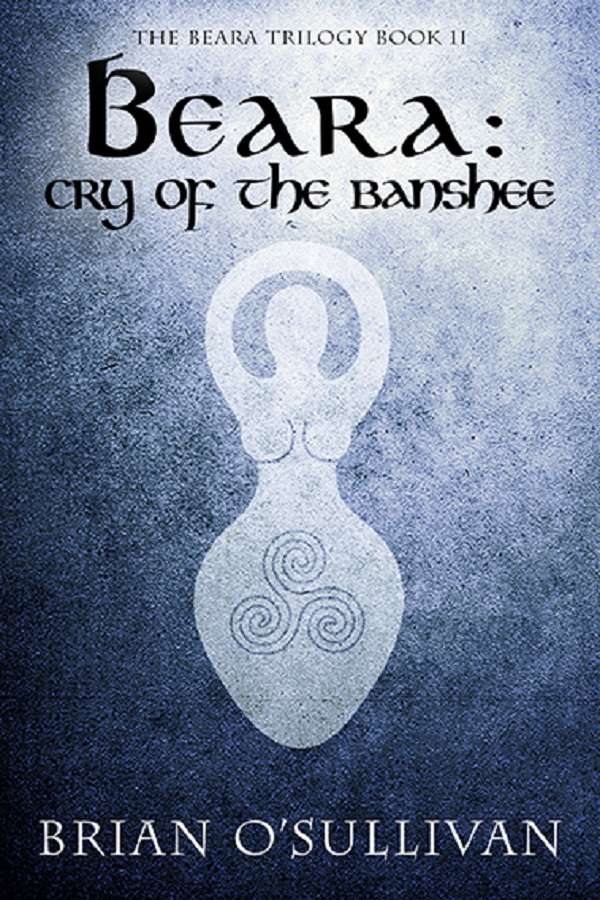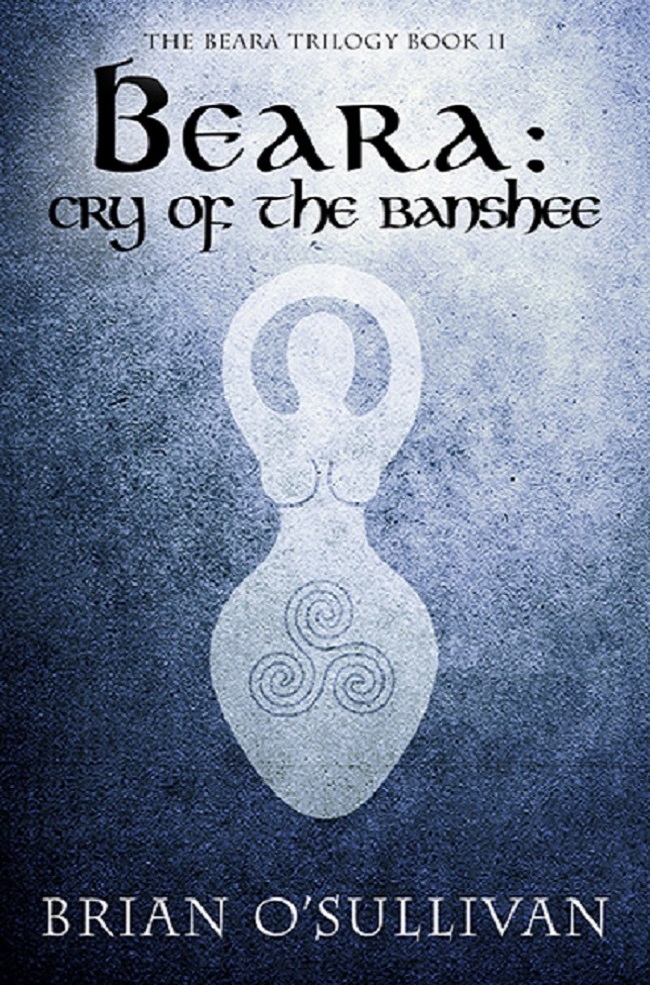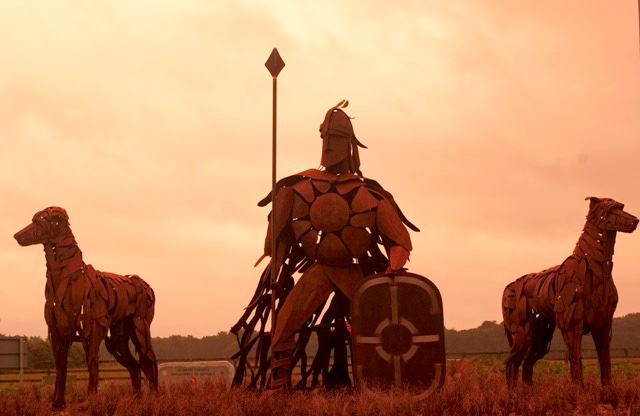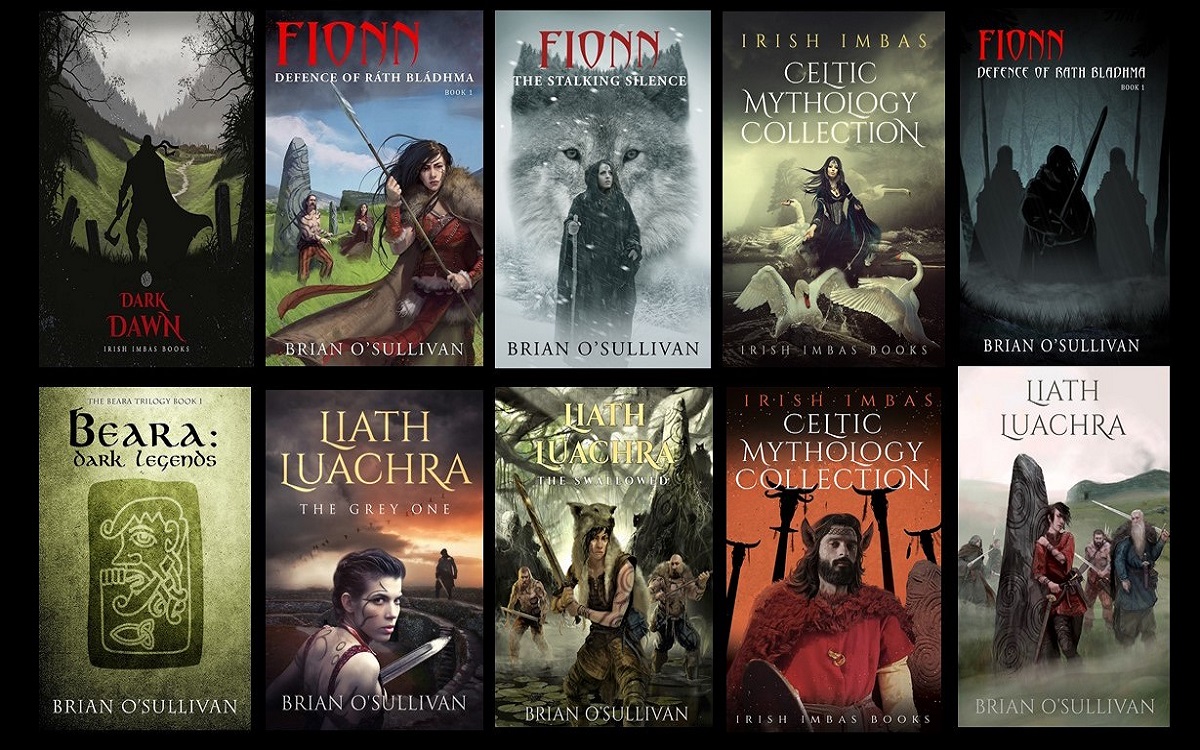
As of today, it’s 9 years exactly since I published FIONN: Defence of Ráth Bládhma – my first attempt at producing a genuine (as culturally authentic as I could make it) Irish historical/ adventure novel.
To be honest, at the time I had no idea whether people would like it. I’d never written anything similar before and given my insistence on using Irish cultural concepts and – occasionally – language, I assumed most people would be scared off.
Nine years on, four books in the Fionn mac Cumhaill Series have been published and five books will have been published in the spin-off series (The Irish Woman Warrior Series) by April this year.
Since their initial publication, several have been bestsellers, one of the series was fully adapted for a television series, another for a video game. I’ve been very lucky to have worked with some amazingly talented people at the top of their game in different sectors and I’ve learned a lot over the last decade.
2023 will bring some major changes in the way I work. My longer-term intent is not just to publish books but to revitalise Irish genuine cultural knowledge in a meaningful way and that requires working in other formats as well as books. As a result, over 2023, although I’ll be increasing the amount of time I spend writing and publishing, I’ll also be expanding my work in the production of other projects, the details of which will be revealed when, and if, they become available.
A key principle I adhere to is that any project I work on must retain its cultural authenticity and meaning. That approach places practical limitations on what you can do with an international audience, but it also forces you to apply levels of innovation and creativity that provide their own opportunity and reward.
I’d like to say ‘thank you’ to all of you who’ve taken the time to support the work I do. I hope you continue to enjoy what I do over the next decade

